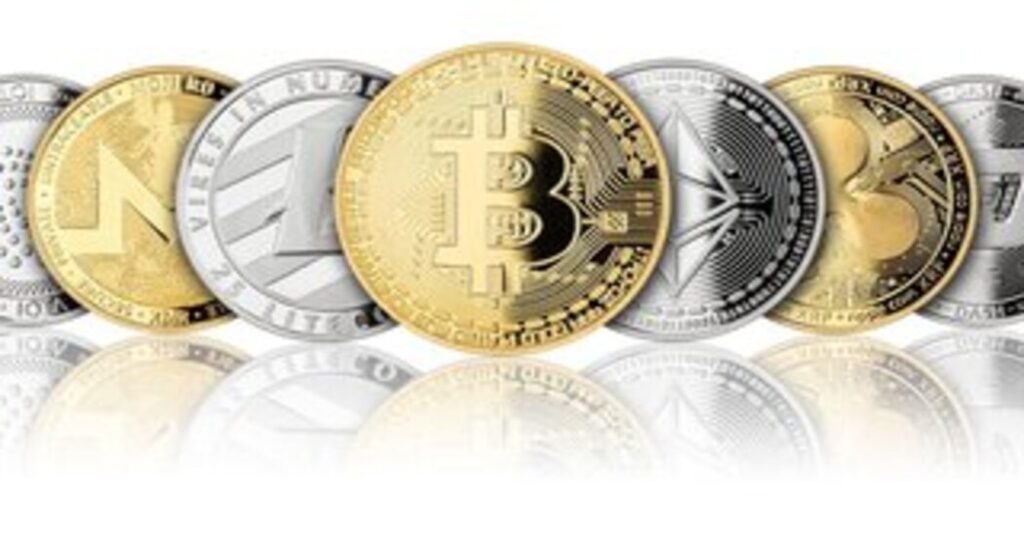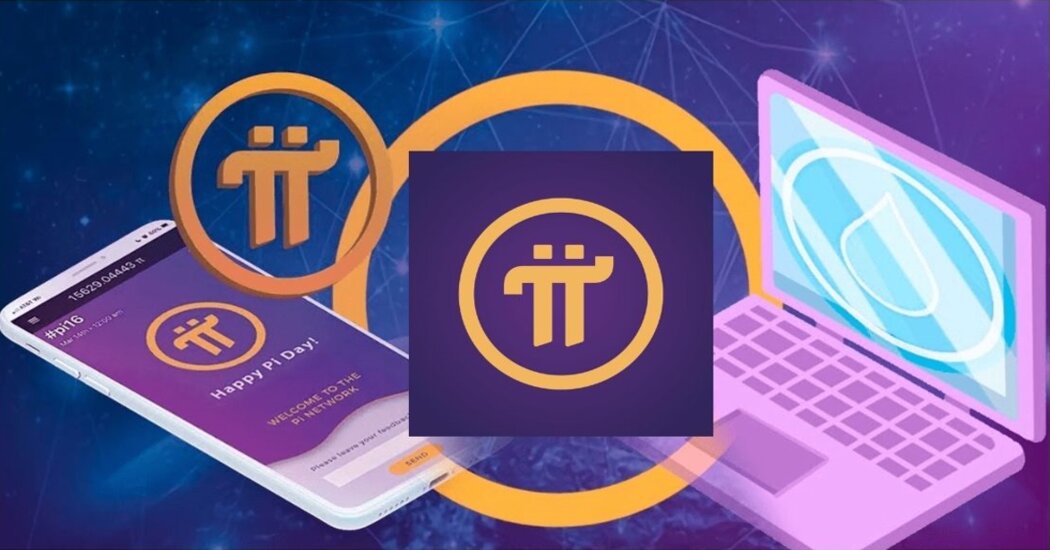In the rapidly evolving landscape of digital currencies, Pi Network has emerged as an innovative and promising project. Launched in 2019, Pi Network aims to democratize cryptocurrency by addressing the fundamental challenges associated with traditional cryptocurrencies like Bitcoin. Through its inventive approach to mining, security, and decentralization, Pi Network has gained significant traction and a rapidly expanding user base. In this article, we’ll dive into the world of Pi Network, exploring its inception, technology, and potential impact on the future of digital currencies.
The Birth of Pi Network
Conceived by Dr. Nicolas Kokkalis, Pi Network was developed with the vision of creating a more inclusive and user-friendly cryptocurrency ecosystem. Dr. Kokkalis, along with a team of Stanford University graduates, envisioned a digital currency that could be mined using everyday devices like smartphones. This visionary approach led to the birth of Pi Network.

Mining Pi: A Unique Approach
One of the standout features of Pi Network is its mining method. Unlike Bitcoin and many other cryptocurrencies that rely on energy-intensive proof-of-work (PoW) or computationally expensive proof-of-stake (PoS) mechanisms, Pi Network employs a distinct consensus algorithm called “Proof of History” (PoH) and a user-friendly mobile app.
Mining Pi is a straightforward process for users. By simply installing the Pi Network app on their smartphones and occasionally clicking a button to confirm their presence on the network, users engage in mining or “minting.” This energy-efficient and user-friendly mining process makes Pi Network accessible to individuals from all walks of life. In return for their contributions to the network, users are rewarded with Pi tokens, fostering a sense of inclusivity and community engagement.
Invitation Link – I am sending you 1π! Pi is a new digital currency developed by Stanford PhDs, with over 47 million members worldwide. To claim your Pi, follow this link https://minepi.com/Vinayp9 and use my username (Vinayp9) as your invitation code.
Prioritizing Security and Decentralization
Security remains a paramount concern in the cryptocurrency realm, and Pi Network places a strong emphasis on this aspect. To fortify the security of its network, Pi coin employs a multi-layered security approach, combining cryptographic measures, user verification, and a distributed ledger.
User verification plays a pivotal role in Pi Network’s security measures. Users are required to provide real-world information, including their phone numbers, Facebook accounts, and invitations from existing users. This stringent verification process serves to prevent the creation of fake accounts and the infiltration of bots, enhancing the network’s trustworthiness and minimizing the risk of fraudulent activities.
Moreover, Pi Coin is inherently decentralized, featuring a growing number of nodes distributed across the globe. This decentralized structure mitigates the risks associated with central points of failure and reduces the potential for censorship or manipulation by any central authority. Such decentralization aligns seamlessly with the core principles of blockchain technology, ensuring the resilience and robustness of Pi Network.
Pi Network’s Roadmap
The journey of Pi coin is divided into three distinct phases: Phase 1 (Design, Distribution, Trust Graph Bootstrap), Phase 2 (Testnet, Security, and Decentralization), and Phase 3 (Mainnet and Mass Adoption). As of my last knowledge update in September 2021, Pi Network was in the early stages of Phase 2.
During Phase 2, Pi Network aimed to transition from a centralized test network to a fully decentralized one. Additionally, the network planned to introduce smart contracts, opening the door for a diverse array of decentralized applications (DApps) to be built on the Pi Network platform. These developments marked significant strides toward Pi Network’s ultimate goal of achieving mass adoption.

The Potential Impact of Pi Network
Pi Network holds the potential to democratize cryptocurrency by making it accessible to anyone with a smartphone. Its user-friendly mining process and strong focus on security and decentralization address some of the critical barriers that have hindered the widespread adoption of cryptocurrencies.
Furthermore, Pi Coin’s innovative approach to consensus and its layered security measures may pave the way for fresh innovations in the blockchain space. The Proof of History algorithm, in particular, has generated considerable interest for its capacity to offer a more sustainable and scalable alternative to traditional PoW and PoS systems.
Nevertheless, it is vital to acknowledge that Pi Coin is not without its challenges and skeptics. Some critics have raised concerns about transparency and the potential for centralization during the early mining phase. Additionally, the cryptocurrency arena is highly competitive, featuring numerous established players and new projects vying for attention and adoption.
Invitation Link – I am sending you 1π! Pi is a new digital currency developed by Stanford PhDs, with over 47 million members worldwide. To claim your Pi, follow this link https://minepi.com/Vinayp9 and use my username (Vinayp9) as your invitation code.
Conclusion
Pi Network represents an exciting experiment within the realm of digital currencies. Through its innovative approach to mining, unwavering commitment to security and decentralization, and dedication to inclusivity, Pi coin has captured the imagination of millions of users worldwide. While it remains in its nascent stages, the project has the potential to reshape the cryptocurrency landscape and make blockchain technology accessible to a broader audience.
As Pi Coin continues to evolve and progress through its roadmap, it will be fascinating to witness how it addresses the challenges associated with scalability, decentralization, and mass adoption. Regardless of the ultimate outcome, Pi Coin’s journey serves as a testament to the power of innovation and the ongoing quest to create a more inclusive and decentralized financial system.
MORE UPDATES : – Pi Network : New Era in Digital Currency
Worldcoin (WLD): The Future of Global Digital Currency
Bitcoin : A Journey Through the Cryptocurrency Revolution
Blockchain Technology: A Revolution in Trust and Transparency
